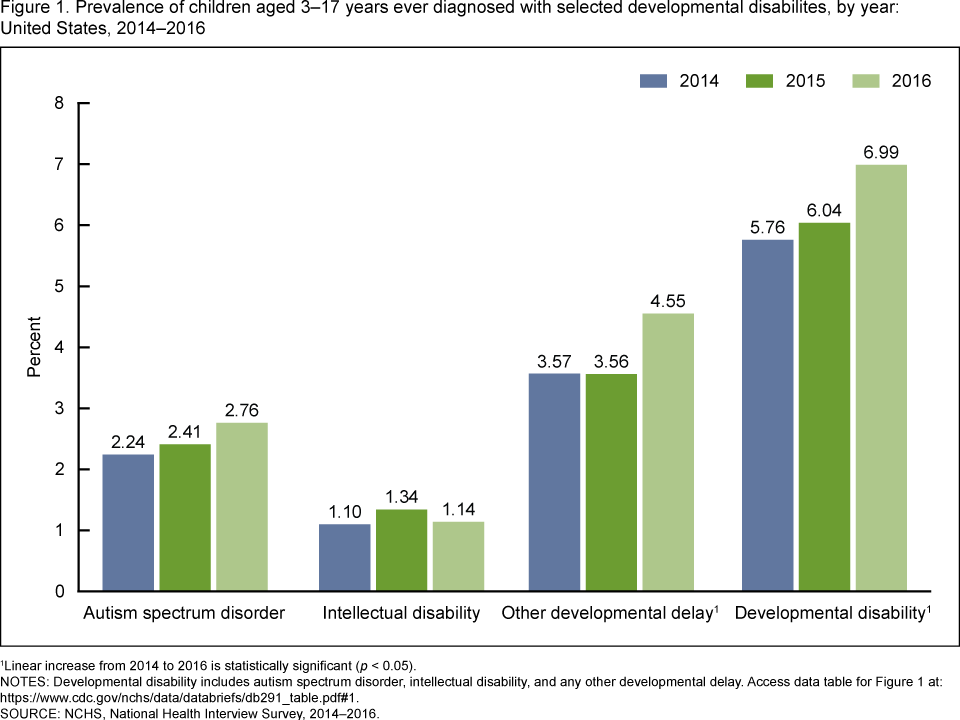

(e) A tendency to develop physical symptoms or fears associated with personal or school problems. (d) A general pervasive mood of unhappiness or depression, and (c) Inappropriate types of behavior or feelings under normal circumstances, (b) An inability to build or maintain satisfactory interpersonal relationships with peers and teachers, (a) An inability to learn that cannot be explained by intellectual, sensory, or health factors,

The definitions of these specific programs from the IDEA regulations are as follows:Īutism Spectrum Disorder: this means a developmental disability significantly affecting verbal and nonverbal communication and social interaction, generally evident before age three, that adversely affects a child's educational performance.ĭeaf / Hard of Hearing: Hard of Hearing means a hearing impairment so severe that a child is impaired in processing linguistic information through hearing, with or without amplification, that adversely affects a child's educational performance.ĭeaf: this means an impairment in hearing, whether permanent or fluctuating, that adversely affects a child's educational performance but is not included under the definition of "deafness".ĭevelopmentally Delayed: To qualify for this program, a child who is developmentally delayed at birth to two years of age (under Part C services) or three through five years of age (for part B services) and is delayed in one or more of the following areas: adaptive or self-help development, cognitive development, communication development, social or emotional development, or physical development, including fine, gross, or perceptual motor.ĭual- Sensory Imparied (Deal/Blindness): this means simultaneous hearing and visual impairments, the combination of which causes such severe communication and other developmental and educational needs that they cannot be accommodated in special education programs solely for children with deafness or children with blindness.Įmotional/Behavioral Disabilities: this means a condition exhibiting one or more of the following characteristics over a period of time and to a marked degree that adversely affects a child's educational performance: In order to fully meet the definition (and eligibility for special education and related services) as a "child with a disability," a child's educational performance must be adversely affected due to the disability.
#PERVASIVE DEVELOPMENTALLY DELAYED FREE#
These federal terms and definitions guide how States define disabilities and who is eligible for a free appropriate public education under special education law. There are 14 specific primary programs defined in IDEA.


 0 kommentar(er)
0 kommentar(er)
